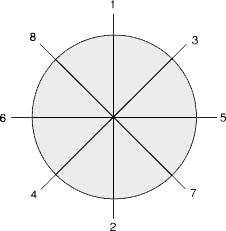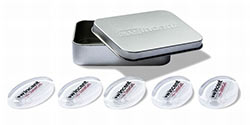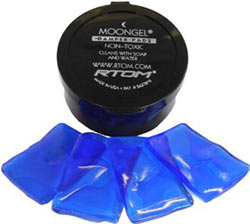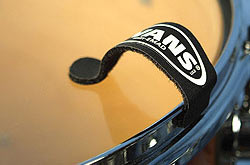Drums
How to tune your drums
Tuning the toms can quickly turn into a puzzle if you have the wrong method. In this article, I present my method to you. A lot of parameters come when you want to tune your drums: the quality of the skins, the quality of the drums, the acoustics of the room and your patience!
I had started this article using a Tune Bot, which is a tool to find the note of the skin, but after reflection I thought that it was still very little used so it will be the subject of a future article. For the moment let’s tune our toms in the traditional way: by ear.
Tool
You need a drum key.
Technique
Start with your highest pitched tom. Remove any mutes.
The note of the tom is given by the resonance skin, it must be tuned first. It is important that the skin is stretched in the same way all around the tom. To do this, unscrew all the tie-rods and re-screw them by hand, then with the key half-turn by half-turn and by transverse tie-rod.
Tighten until you get the desired note.
Turn your tom over to deal with the batting skin now. Following the same principle as for the resonance head, tighten until you get the right note.
To check that the skin is stretched in the same way everywhere, you can strike with the stick on the skin 2 cm in front of each tie. If the note is the same, the skin is well put on.
it is important to have the same tension everywhere so as not to twist the hoop, which could make tuning very difficult.
Once the tom has the sound you are looking for, take care of its resonance, first by balancing the striking head and the resonating head. In order for your tom note to be straightforward, the resonating head needs to be a little tighter than the striking head.
If you cannot control your skin, you can use a harmonic attenuator.
Here are the 3 most famous:
This tool will allow you to remove superfluous resonances.
You can apply this method with all your toms.





